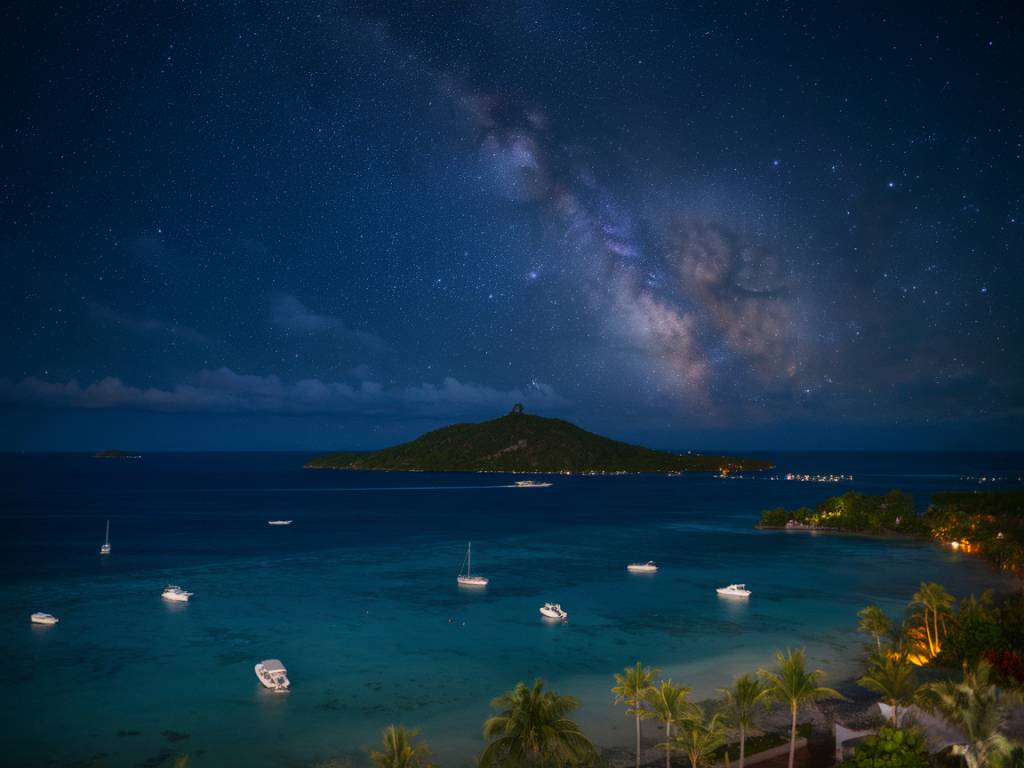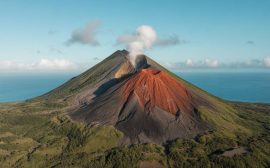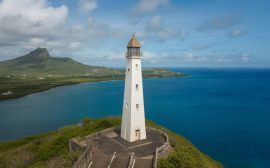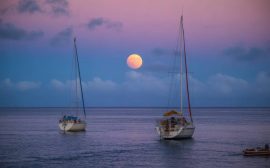Stargazing in Martinique: The Best Spots for Amateur Astronomy
Renowned for its lush landscapes, volcanic peaks, and sun-drenched beaches, Martinique is often seen as an idyllic destination for sun-seekers and nature lovers. But when night falls, this Caribbean gem becomes an extraordinary location for amateur astronomers. With minimal light pollution in certain regions, clear skies, and a unique tropical setting, Martinique offers ideal conditions for stargazing enthusiasts. From mountain peaks to coastal retreats, the island reveals a celestial world waiting to be explored.
Why Martinique is Perfect for Stargazing
Located in the Lesser Antilles, Martinique benefits from a tropical climate with notably clear skies outside the wet season. The absence of urban sprawl and the abundance of protected natural spaces make it a haven for amateur astronomy. Additionally, the island is located near the equator, providing a rare opportunity to observe both northern and southern constellations, which is a unique advantage in stargazing tourism.
Moderate nighttime temperatures make it comfortable to spend several hours outdoors. The best time to observe stars in Martinique is during the dry season, typically from December to April, when the skies are clearest and the humidity is lower. For the stargazing traveler, this period offers not only celestial wonders but also ideal vacation weather.
Top Stargazing Locations in Martinique for Amateur Astronomers
To truly appreciate Martinique’s night sky, location is everything. Here are some of the most recommended spots on the island to observe the stars:
- Le Morne-Rouge and Montagne Pelée:
Situated in the north of the island, Montagne Pelée is Martinique’s highest peak, offering one of the darkest skies available. The surrounding town of Le Morne-Rouge is elevated and far removed from urban light pollution, making it perfect for viewing deep sky objects such as the Andromeda Galaxy or the Orion Nebula.
- Presqu’île de la Caravelle:
This peninsula on the east coast near Tartane is within a nature reserve, making it wonderfully isolated from urban lighting. The rugged coastline and elevated cliffs provide excellent horizons for watching meteor showers like the Perseids or Geminids. Bring a telescope or binoculars and prepare for a breathtaking view of both stars and stars reflected in the Caribbean Sea.
- Les Salines Beach, Sainte-Anne:
While this southern beach is popular during the day, it becomes surprisingly quiet after sunset. Les Salines offers unobstructed views of the southern sky and is easily accessible for tourists staying near the capital, Fort-de-France. It’s ideal for casual stargazers and those with lighter astronomical equipment.
- Le François and the Habitation Clément Area:
While known for its rum distilleries, this area also offers several spots with clear skies and minimal light intrusion. Some boutique hotels and eco-lodges in the region even cater to guests interested in astronomy with moon-gazing nights and solar telescope sessions during the day.
- La Trace des Caps Hiking Trail:
For the more adventurous, hiking sections of this trail before sunset and setting up camp offers a unique way to combine astronomy with eco-tourism. The trail traverses remote beaches and cliffs that offer unpolluted night skies ideal for extended stargazing trips.
Celestial Events Worth Watching in Martinique
Martinique provides an exceptional view of many popular astronomical events thanks to its low light pollution and equatorial position. Stargazing enthusiasts should watch for the following:
- Milky Way Core Visibility (March to October): The galactic core is visible in the southern hemisphere and appears especially vivid in Martinique’s dark-sky locations.
- Meteor Showers: The Perseids (August), Geminids (December), and Lyrids (April) provide consistent light shows across the sky, often visible without any optical equipment.
- Total Lunar Eclipses: Rare but stunning when visible from the island—watch the moon turn a deep red above the Caribbean Sea.
- Planetary Alignments: Jupiter, Venus, and Saturn are regularly visible and often incredibly bright from dark locations.
Essential Gear and Tips for Stargazing in Martinique
While the night sky here can be appreciated with the naked eye, having the right equipment enhances the experience. Here’s what to bring:
- Binoculars or a Travel Telescope: Ideal for portability and quick setup. Go for a telescope with a low f-ratio for faster optics and better deep-sky performance.
- Star Charts or Astronomy Apps: Use applications like SkyView or Stellarium to identify constellations, planets, and satellites.
- Red Flashlight: Helps you preserve night vision while adjusting equipment or reading maps.
- Portable Camp Chair and Warm Clothing: Especially essential if you’re stargazing from mountainous elevations like Montagne Pelée.
Keep in mind that while temperatures are generally mild, mountain spots can be noticeably cooler. Always check weather and cloud cover forecasts before heading out. Websites like Clear Outside or Accuweather offer real-time astronomical weather reports.
Combining Stargazing with Eco-tourism and Local Culture
Martinique’s stargazing experience can be enriched further through cultural immersion and eco-friendly travel. Many eco-lodges and agrotourism farms offer guided night sky observation as part of their sustainable tourism packages. In some cases, you may even find local astronomy clubs hosting public events during special cosmic phenomena such as eclipses or planetary conjunctions.
If you’re interested in astrophotography, the combination of starlit skies and volcanic backdrops provides outstanding image potential. Consider investing in a tripod and a DSLR with wide-angle lenses to capture the stars in all their glory. Some local guides also offer astrophotography tours, combining their knowledge of the area’s best views with helpful tips for shooting at night.
Planning Your Stargazing Trip to Martinique
When planning an astronomy-themed trip to Martinique, the best months for clearer skies are between December and April. Choose accommodations near designated stargazing zones or rent a car for better access to remote observing points. Several tour operators now offer bespoke experiences that blend astronomy, nature hiking, and photography for small groups.
Pack accordingly—antimosquito spray, a light jacket, and your preferred stargazing tools will make the experience much more comfortable. Don’t forget your curiosity and patience; some of the cosmos’ most glorious moments take time to reveal themselves.
Whether you’re a seasoned sky-watcher or simply captivated by the universe above, Martinique’s unique topography, location, and climate lend themselves beautifully to astronomy. Away from the glow of modern cities and closer to the wonders of the sky, this tropical paradise invites you to look up and rediscover the stars.




